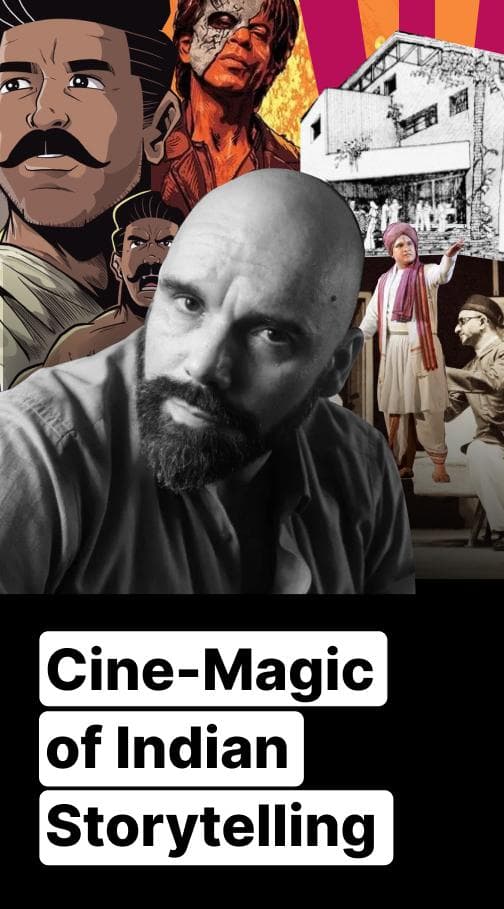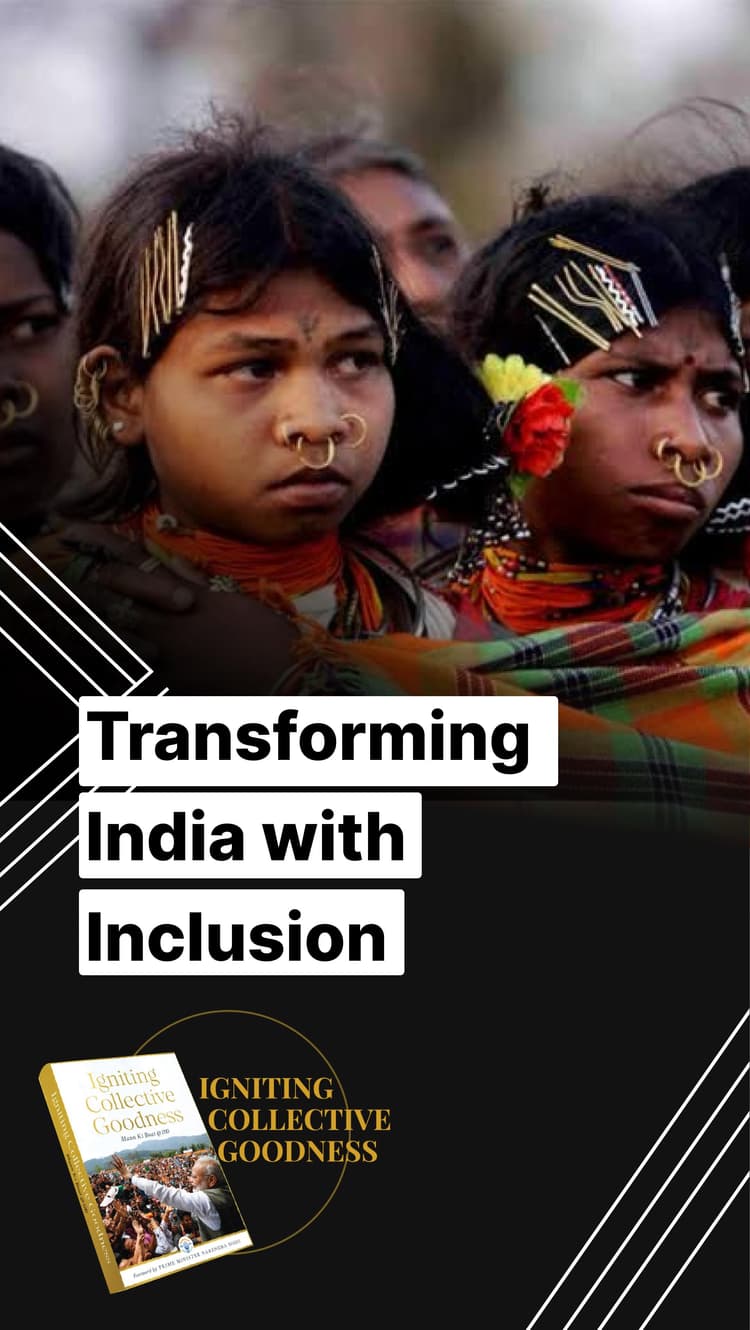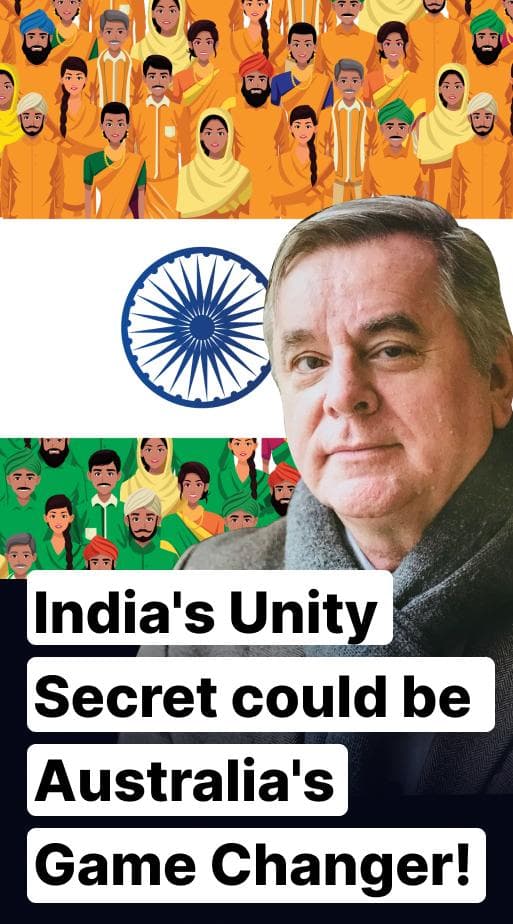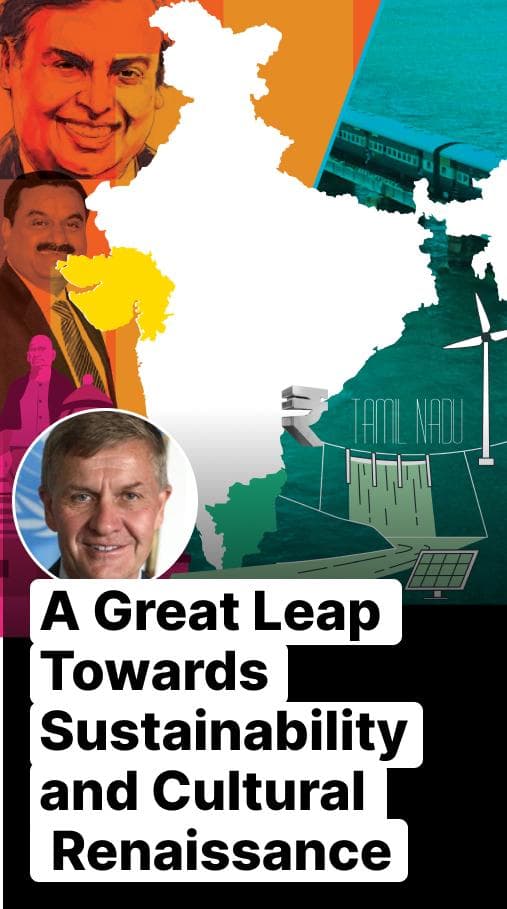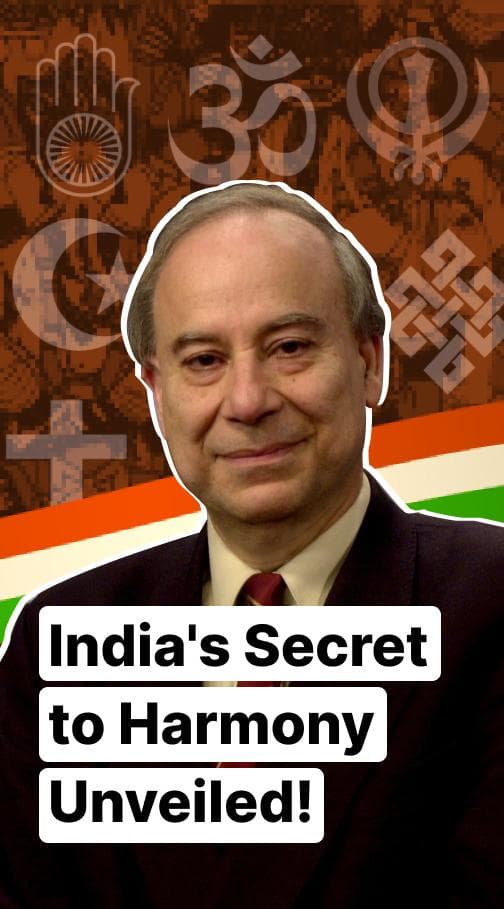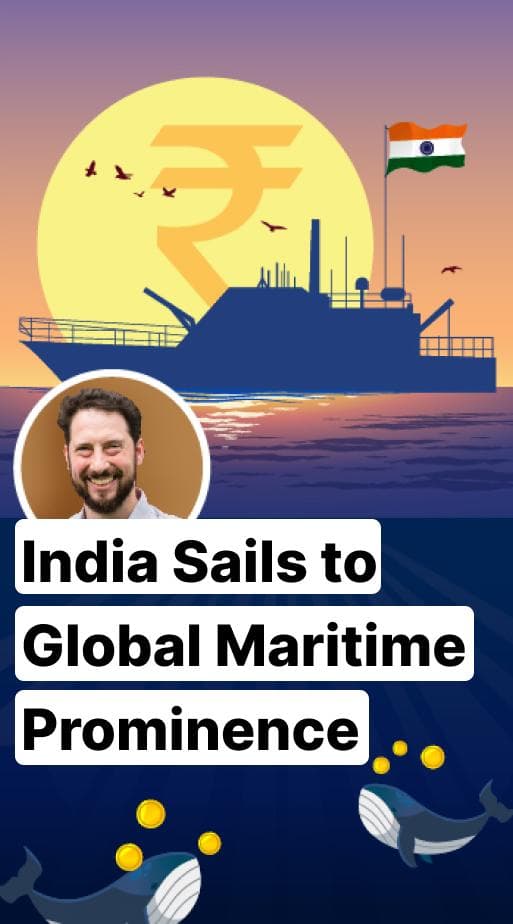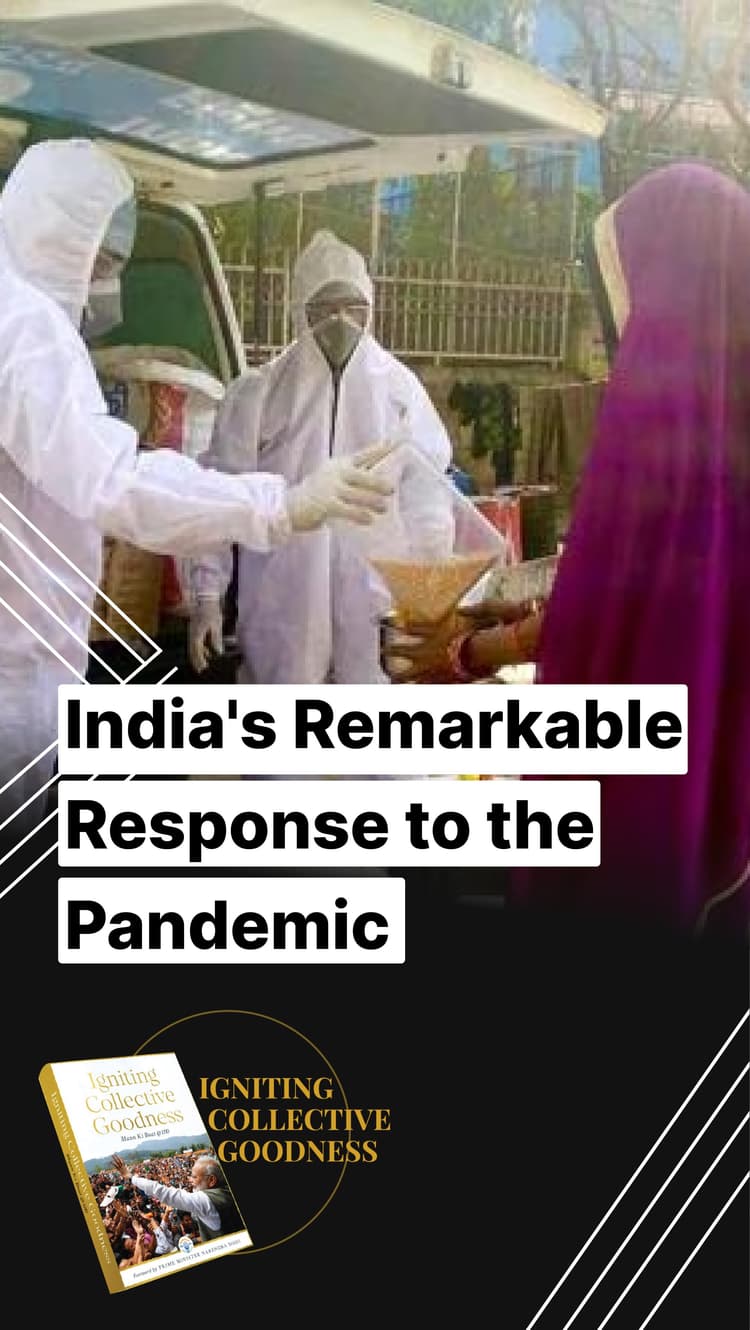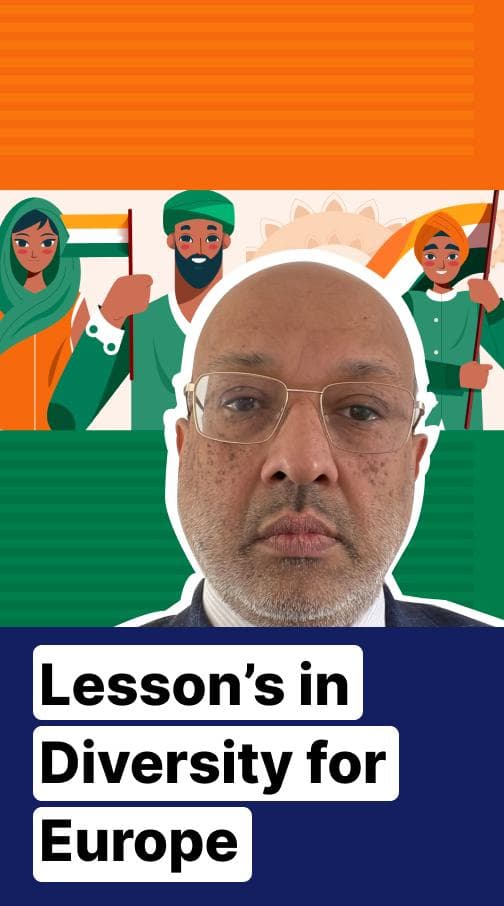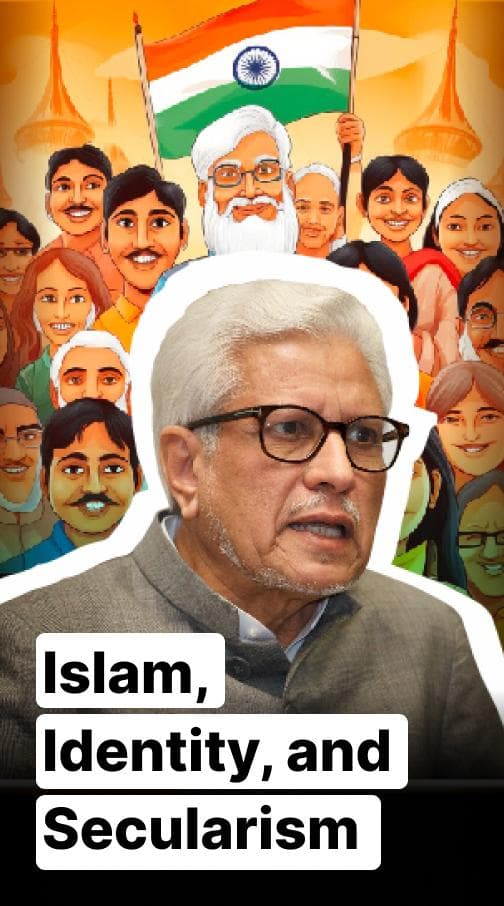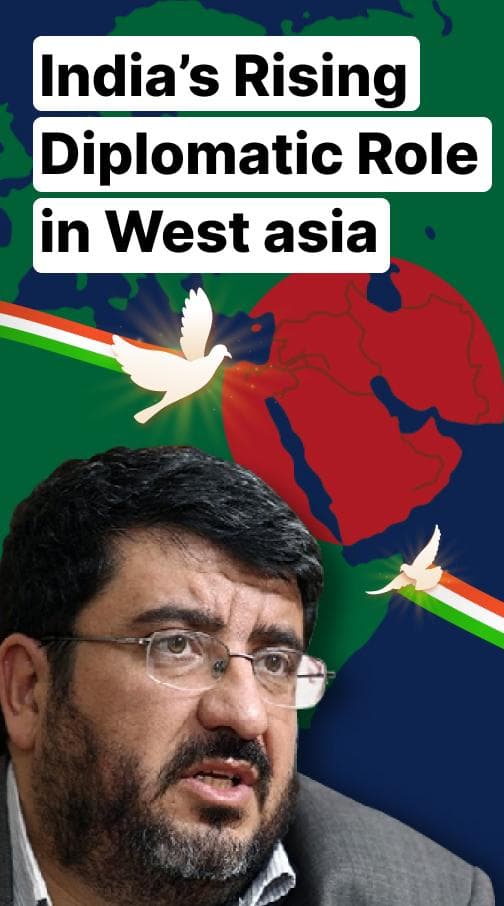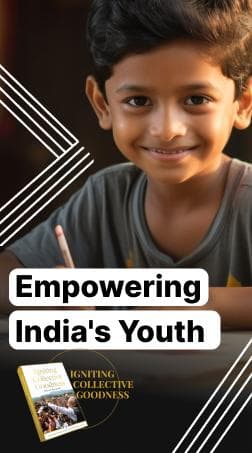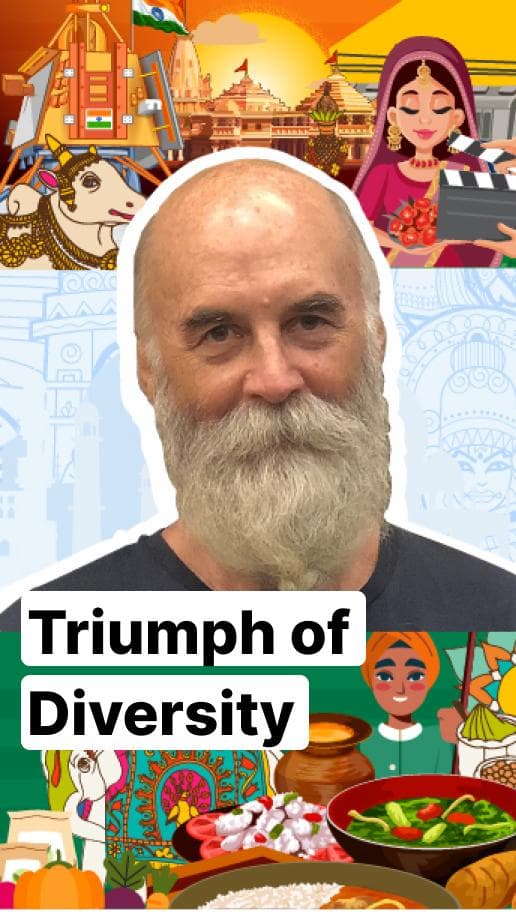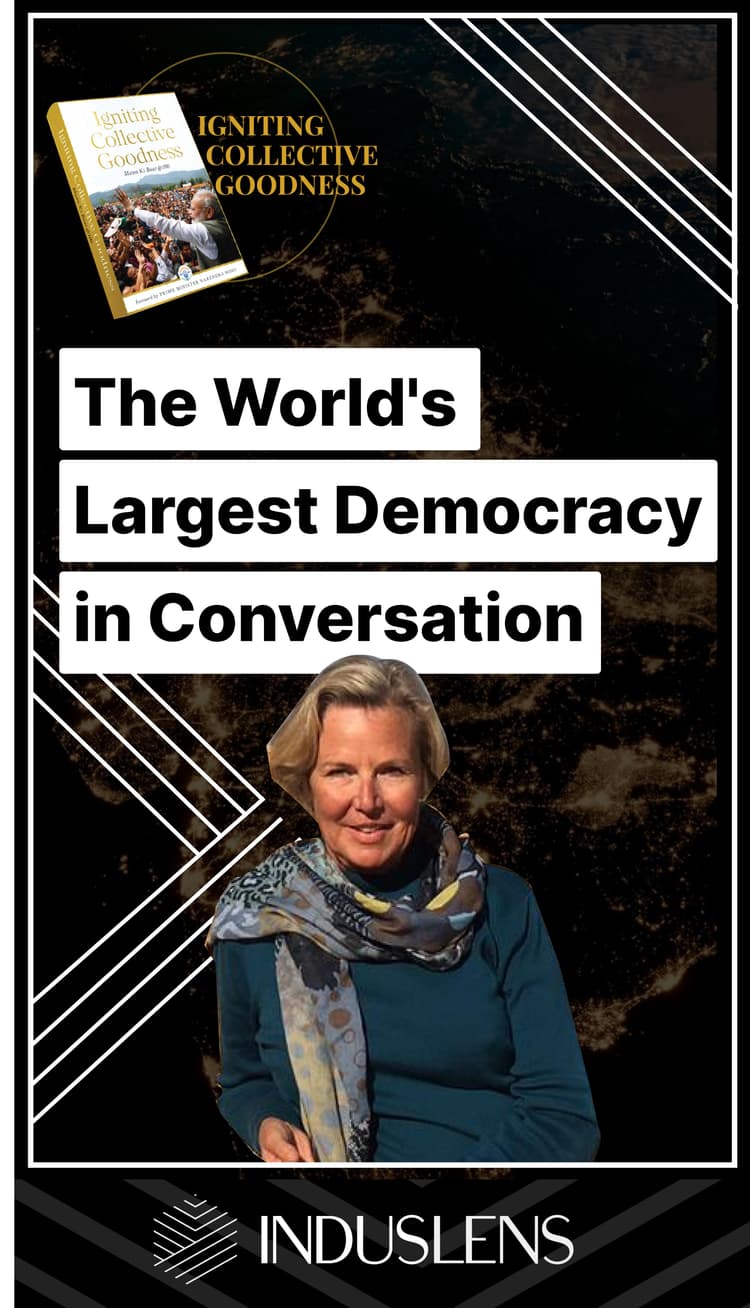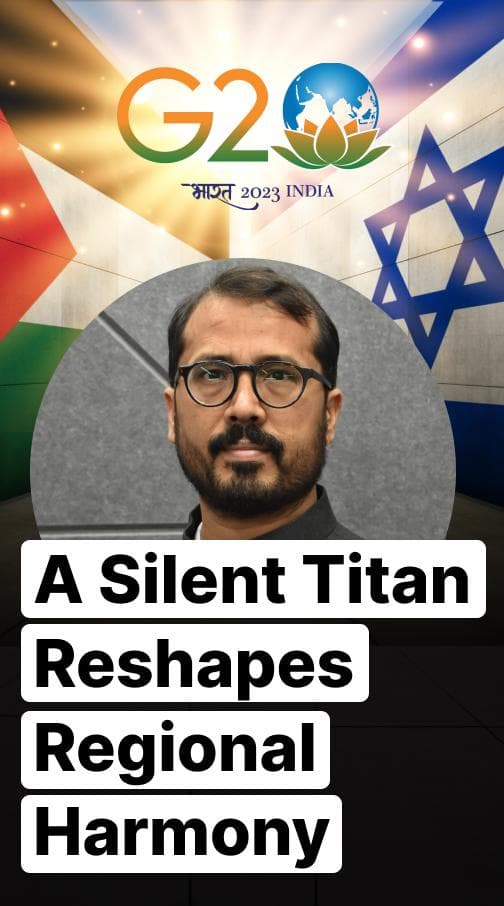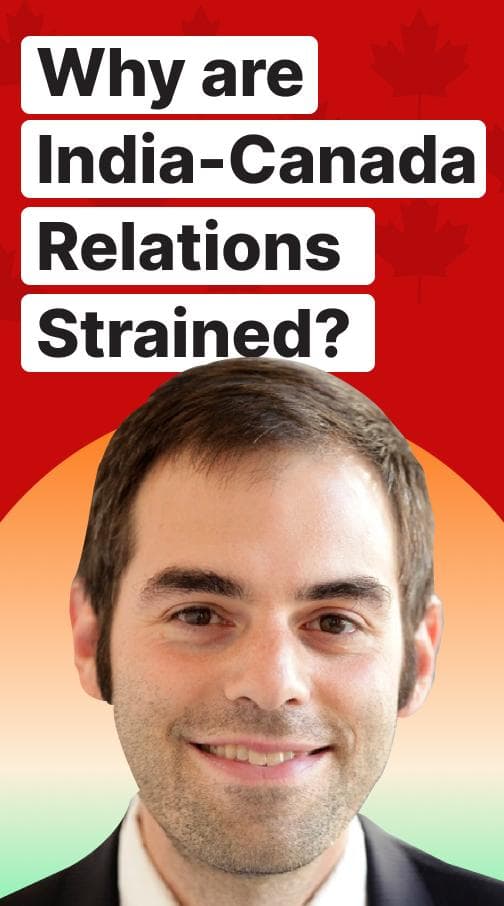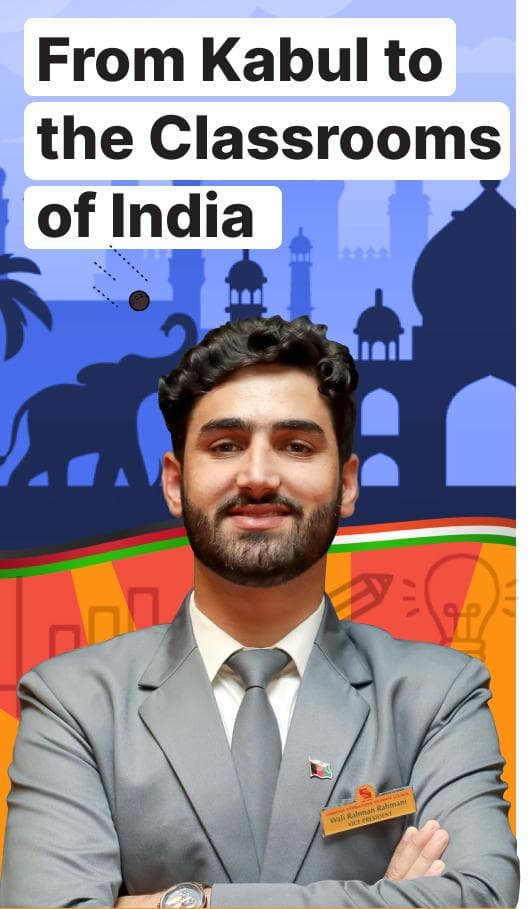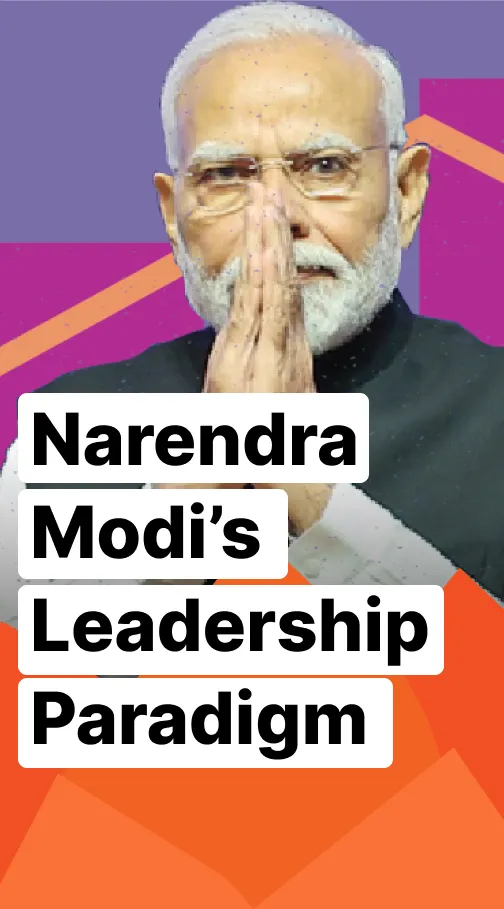India Rising for its Polo Renaissance
Modern Polo is India’s gift to the world and the nation is looking to grow its prominence
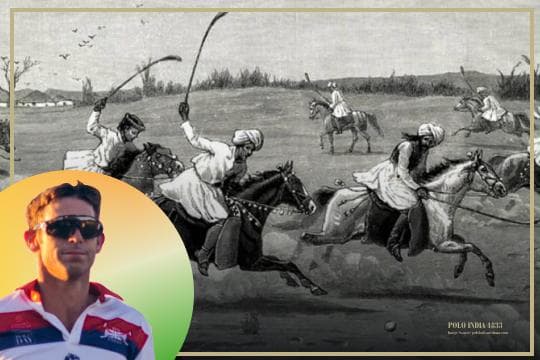
Polo, a sport celebrated worldwide, has its roots deeply embedded in India's rich history. The modern game of polo was born in Manipur, a northeastern state of India. It was here that Lieutenant Joe Sherer, during his time at a tea plantation, witnessed the locals engaging in this equestrian sport. Intrigued by its potential as a training exercise, he saw parallels between the game and military cavalry tactics, where soldiers rode horses with one hand while wielding a sword in the other. The British formalised the game by drafting a 36-page document outlining its rules, transforming it into a structured sport. As the British Empire expanded, polo spread to training camps in Malta, Singapore, Malaysia, and Ireland, thus globalising the game. Despite Argentina's modern association with polo, the sport's true heritage traces back to India. Polo symbolises a profound bond between humans and horses, fostering a noble connection that is reflective of India's cultural ethos of respecting and revering animals. This deep-rooted tradition showcases the community's desire to forge meaningful relationships with these magnificent creatures.
In addition to introducing the sport of Polo to the world, India boasts a rich legacy of heritage cups in the sport. Heritage tournaments play a crucial role in the polo culture, with the Ezra Cup, Carmichael Cup, and Stuarts Cup being some of the oldest trophies initiated by the Calcutta Polo Club, the world's oldest polo club. Although the difficulty level of tournaments like the Ezra Cup may have diminished over time, those immersed in the sport and knowledgeable about its centuries-old heritage still recognise their significance. For a professional polo player, participating in events at the Calcutta Polo Club offers a unique and valuable experience owing to the club's rich history and preserved heritage.
Legacy clubs and Polo grounds are one of the most captivating aspects of India for a player. Playing polo at legacy rich grounds like Manipur's Mapal Kangjei Bung and Ladakh's scenic polo ground are on my bucket list. But I've also been fortunate to join Royal Salute trips and La Martina Polo Clubs, experiencing the sport's beauty across Rajasthan's clubs. Rajasthan and New Delhi have become India's polo hubs over the years. My experiences in cities like Jaipur and Jodhpur rank among the best in my career. The sights, sounds, and overall atmosphere’s unique and captivating features prompt me to always recommend Jodhpur and especially Umaid Bhawan Palace and Jodhpur Polo Club for players and fans.
Since India boasts stunning polo grounds and a vibrant atmosphere for the sport, the government is now aiming to leverage polo to boost tourism and investment. With this, a key question arises: how can polo be transformed into a mass product, akin to other popular sports? At La Martina and Royal Salute, we've explored bringing polo into urban environments. While securing the necessary real estate in modern cities is challenging, innovative strategies can be employed to attract wider audiences and encourage participation. Establishing academies could provide pathways for talented youth, both privileged and underprivileged, to engage with and learn the sport. New Delhi, with its already prominent Polo culture, presents a prime opportunity for India to experiment with these ideas. This approach could transform Polo into a tourism product and nurture the next generation of players for India.
When it comes to turning Polo into sports tourism, Polo players already appreciate India's grounds and environment. However, just like other sports, the audience plays a crucial role in sports tourism. India's unique offerings, including its rich heritage, picturesque grounds, savoury cuisine, iconic heritage hotels, and vibrant culture, provide a compelling package for tourists. By marketing polo and India as a combined experience, the country could tap into the potential of polo for tourism and investment and rise to its goals.
With a rich history in Polo, India boasts of celebrated players like Sawai Man Singh II of Jaipur, Raj Rajeshwar Maharajadhiraj Shri Hanwant Singh of Jodhpur, and Lieutenant Colonel Kishen Singh who contributed to India's global recognition in the sport. The legacy of these players, who dominated polo in the World War era and beyond, has left a lasting impact. My grandmother, who played polo in the 1920s, once shared her awe-inspiring experience of watching Hanut Singh play in the 1940s.
It has been several decades since the time of Hanut Singh and since my grandmother became one of the first female polo players on the British team since then, polo has evolved to become more inclusive. Today, the sport highlights the rise of women players, offering opportunities for mixed polo or women's leagues. Many early inspirational women players like Nina Clarkin and Claire Tomlinson and the sports’ willingness to evolve paved the way for better integration of women into the sport. Today, Indian players like Rinaa Shah, Ashley Parekh, and Monika Saxena are prominent names in the international circle. I've observed that women often have a natural affinity for polo, forming stronger connections with their horses compared to men, making it a beautiful experience for the audience and even more important to make it a women inclusive sport.
Today, India continues to nurture talented polo players, but there is a need to create a more supportive environment to foster professional talent for international representation. Just as India has excelled in cricket, with the right support and engagement, the country has the potential to make a significant mark in the international polo scene. Efforts are now being made to involve more young talent in polo and replicate the success seen in cricket, aiming for a strong Indian presence in the global polo arena.
To aim for a strong presence in the audience and budding players, there is a need for a comprehensive long-term plan and marketing strategies as well. India presents a vast market opportunity and an excellent starting point to gain access to the world. When I began working with Royal Salute in 2006, a whiskey brand created for Queen Elizabeth's coronation in 1953, we recognised its rich heritage. Given India's own royal history, it was the natural choice for marketing our brand. Our goal was to foster an affinity for polo, a sport originating from India, making it the perfect fit. With our brand ambassador, Peter Prentice, having a close relationship with the Maharaja of Jodhpur, we initiated the Royal Salute Polo Tournament in Jodhpur, establishing annual Christmas and New Year tournaments. To deepen our connection with India's heritage, we introduced a line of saffron-coloured bottles, symbolising reverence due to its association with India's flag and royal history.
It is crucial to associate products and services while marketing them to draw people closer to the original idea. This is what we’ve been trying to do at Royal Salute - to make people familiar and bring them closer to the sports of Polo. India is now actively engaging in this approach as well. For example, the upcoming collaboration between La Martina club and India's Reliance, slated in March ’24, aims to refocus on expanding the sport in India by organising events alongside Mumbai Fashion Week. This is part of a 25-year plan to explore how foreign companies and clubs can invest in India to nurture the next generation of players. As part of this initiative, players from La Martina and India will compete on each other's home grounds to generate media interest and inspire young players. What we are looking to do, what India is looking to do, is start a conversation around the rich heritage sports of India and rise to regain its prominence in the sport.

Malcolm Borwick 🏴
Deep Dive
Adapting and redevelopment: Rajasthan Polo Club is relaying the new turf to make the ground one of the best in the world.
Beyond Royalty: Polo is no longer exclusive to royals and Army and is opening itself up to a new generation of Indians.
Polo Centre Rajasthan: Polo is played widely across the Indian state of Rajasthan.




